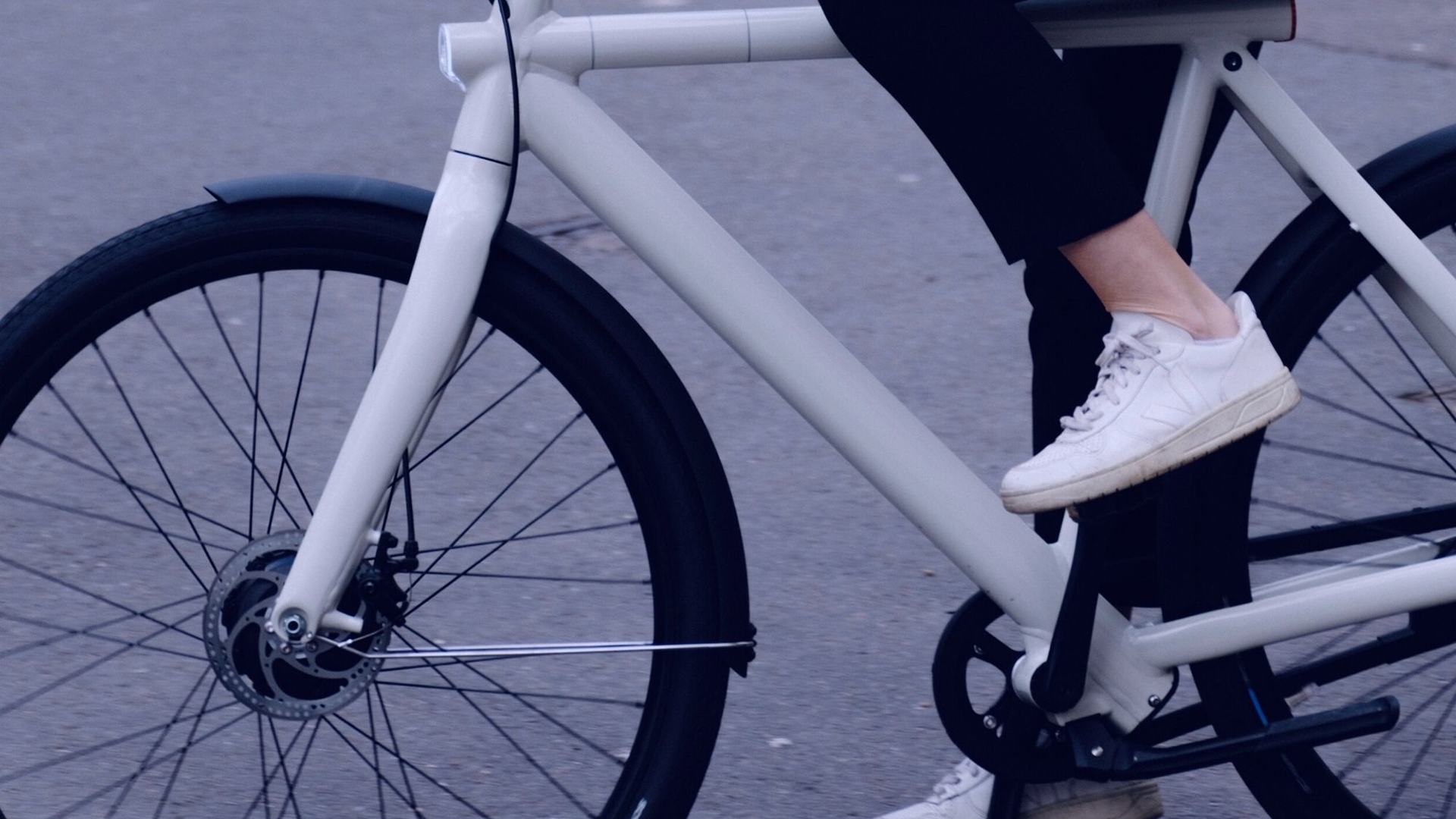Britain’s first road traffic death involving a motor car occurred at Crystal Palace in 1896 when Bridget Driscoll “stepped off the curb and into history”. Since then, motorcars have taken a severe toll of life and limb.
This is the fundamental context for all discussions about liability rules and compensations.
According to government figures, in 2019 alone a total of 153,158 road fatalities injuries (both serious and slight) were reported to the police, although this number is likely to be far higher due to the injuries which go unreported.
To provide a better indication of the vulnerability of certain road users (VRUs), 17,789 of those killed or seriously injured in 2019 were pedestrians, motorcyclists or cycle pedalists, compared to 12,623 car occupants, despite the fact that 80 per cent of all journeys are made by car.
In July 2020, the Department for Transport launched its must-anticipated review of the Highway Code. Of the proposed changes, one of the most significant is the introduction of a ‘hierarchy of road users’, which will mean those who do the greatest harm will bear the greatest responsibility to reduce the danger they pose to others.
At the top of the hierarchy would be VRUs, such as pedestrians, cyclists, horse riders and motorcyclists. Lower down the hierarchy would typically be those with the protection afforded from the use of a motor vehicle.
In principle, the hierarchy is a welcome means of attempting to reduce the harm caused to VRUs. However, the proposal may not produce any significant or desired effect without the corresponding introduction of a system of presumed liability.
Under a system of presumed liability, in the event of a collision with a VRU, the burden of proof would rest with those lower down on the hierarchy, unless it can be proven that the VRU was at fault. This means that more powerful road users will need to provide evidence to show why the accident did not result from any irresponsible or negligent behaviour on their part. As things stand, it is the VRU who would have to show why the motorist was at fault in a civil claim. For the VRU, who is more likely to sustain serious injury following a collision, this process can be time consuming, costly and distressing.
There are several problems with the current fault system, most significantly:
- Cyclists and pedestrians are more prone to head injuries which can affect their recollection of an accident;
- While a motorist can typically fall back on the insurer to deal with all compensation claims levied against him, VRUs need actively to seek representation and can therefore become exposed to significant financial risks; and
- In the event that a VRU is unable to satisfy the burden of proof, they will not be awarded compensation for their injuries.
A change in common law to introduce a system of presumed liability is likely to make it easier for injured VRUs to access justice. Furthermore, by promoting and instilling a culture of respect for other road users, presumed liability in conjunction with a hierarchy of road users may improve the behaviour of motorists and encourage the take-up of more active forms of travel.
That said, a system of presumed liability will not reduce the responsibility that VRUs themselves have. A claim could still be brought against them if they negligently cause injury to another road user.
So, while we welcome the government’s review of the Highway Code, the hierarchy of road users is unlikely to achieve its aim of promoting a greater culture of respect and responsibility without the introduction of a system of presumed liability. It is time for such a system to be reconsidered.
